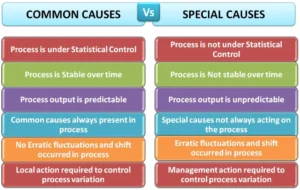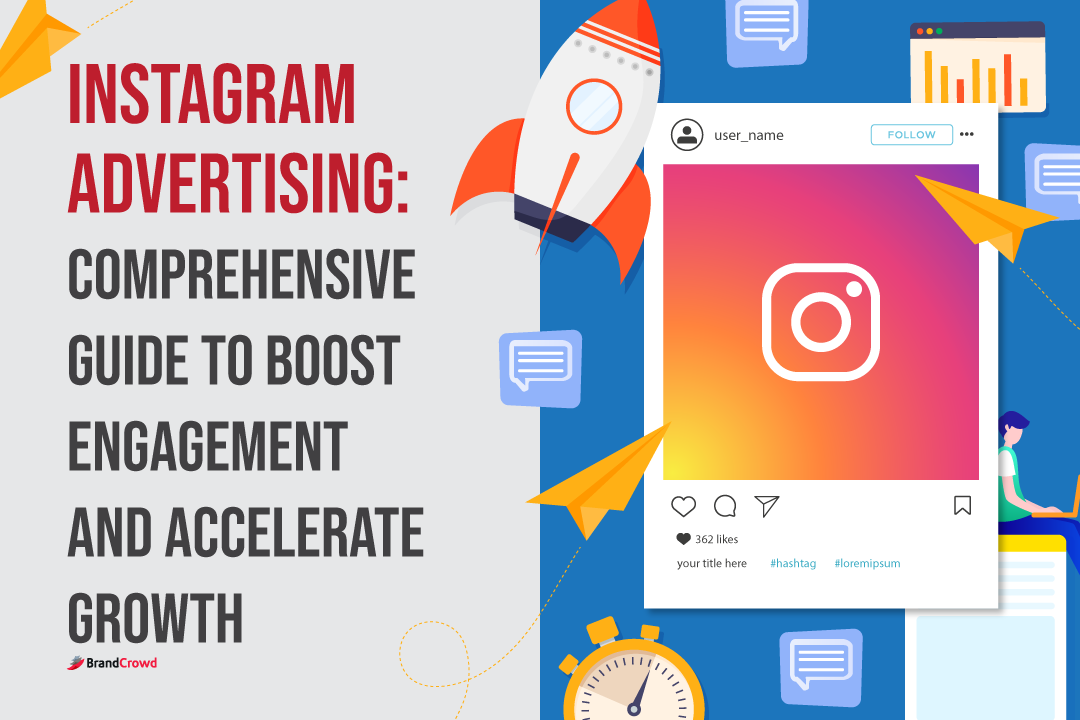Introduction.
Instagram, with over 2 billion monthly active users, is a powerhouse for local businesses aiming to grow their customer base. However, many local businesses struggle to leverage Instagram ads effectively, missing out on opportunities to drive foot traffic, increase sales, and build brand loyalty. This guide breaks down the problem of ineffective Instagram advertising for local business growth, identifies common causes, outlines consequences, and provides a step-by-step solution with tools, strategies, and real-world examples. We’ll also share prevention tips and next steps to ensure success.
Breaking Down the Problem: Ineffective Instagram Ads for Local Business Growth.
The problem of ineffective Instagram ads can be divided into smaller components:
- Poor Audience Targeting:
- Businesses fail to reach the right local audience, wasting ad spend on irrelevant users.
- Weak Ad Creatives:
- Ads lack compelling visuals, clear messaging, or a strong call to action (CTA), resulting in low engagement.
- Inconsistent Campaign Strategy:
- Lack of a structured plan leads to sporadic posting or mismatched content that doesn’t resonate with local customers.
- Limited Budget Optimization:
- Small businesses often misuse their budget, overspending without measurable results or underspending and missing opportunities.
- Inadequate Performance Tracking:
- Failure to analyze ad performance prevents businesses from understanding what works and refining their approach.
Common Causes.

- Lack of Local Market Understanding:
- Businesses may not research their local audience’s demographics, interests, or behaviors, leading to generic ads.
- Inexperience with Instagram Ads Manager:
- Many local business owners are unfamiliar with Meta Ads Manager, resulting in poorly configured campaigns.
- Overemphasis on Organic Content:
- Relying solely on organic posts without investing in paid ads limits reach due to Instagram’s algorithm favoring paid content.
- Failure to Leverage Local Features:
- Not using location tags, geotargeting, or local hashtags reduces visibility among nearby customers.
- Neglecting Competitor Analysis:
- Businesses overlook what competitors are doing successfully, missing opportunities to differentiate their ads.
Consequences of Not Addressing the Issue.
Failing to optimize Instagram ads can have significant repercussions for local businesses:
- Lost Revenue: Ineffective ads mean missed opportunities to attract new customers and drive sales.
- Wasted Budget: Poorly targeted or designed ads drain marketing budgets without delivering ROI.
- Reduced Brand Visibility: Low engagement limits brand awareness, allowing competitors to dominate the local market.
- Customer Disconnect: Generic ads fail to build trust or loyalty, alienating potential customers.
- Stagnant Growth: Without a strong digital presence, businesses struggle to compete in an increasingly online-driven market.
For example, a local café spending $200 monthly on Instagram ads without targeting or compelling creatives might see minimal foot traffic, while a competitor with optimized ads attracts dozens of new customers weekly.
Actionable Step-by-Step Solution.
Here’s a detailed plan to resolve the issue of ineffective Instagram ads and drive local business growth:
Step 1: Define Clear Objectives.
- Why: Clear goals Align your ad strategy with business outcomes.
- How:
- Decide if your primary goal is to increase foot traffic, boost online orders, or raise brand awareness.
- Example: “Drive 50 new customers to our bakery in the next 30 days.”
- Tools: Use a goal-setting framework like SMART (Specific, Measurable, Achievable, Relevant, Time-bound).
Step 2: Set Up a Business Profile.
- Why: A business profile unlocks analytics, ad tools, and shopping features.
- How:
- Convert your Instagram account to a business profile via Settings > Account Type > Switch to Professional Account.
- Optimize your bio with a local address, contact info, and a CTA (e.g., “Visit us in [City]!”).
- Link to your website or booking page.
- Tools: Instagram app, Linktree for multiple links.
Step 3: Research Your Local Audience.
- Why: Understanding your audience ensures ads reach the right people.
- How:
- Use Instagram Insights to analyze follower demographics (age, gender, location).
- Conduct surveys or check local competitors’ followers to identify interests (e.g., fitness, food, events).
- Example: A gym might find that local users aged 18–35 are interested in fitness challenges.
- Tools: Instagram Insights, Google Forms, and Sprout Social for competitor analysis.
Step 4: Create Compelling Ad Creatives.
- Why: High-quality visuals and messaging drive engagement.
- How:
- Use vibrant images or short videos showcasing your products/services (e.g., a café latte pour or a retail store’s display).
- Write concise captions with a local angle (e.g., “Craving pizza in [City]? Try us tonight!”).
- Include a strong CTA (e.g., “Order now,” “Visit us,” “Book today”).
- Test carousel ads to show multiple products or video ads for storytelling.
- Tools: Canva for design, InShot for video editing, and Photoroom for background removal.
Step 5: Configure Targeted Ad Campaigns.
- Why: Precise targeting maximizes ad efficiency.
- How:
- Access Meta Ads Manager and select an objective (e.g., traffic, engagement, or conversions).
- Set a daily budget (start with $5–$10/day for local campaigns).
- Target by location (e.g., 5-mile radius around your business), age, interests (e.g., “coffee lovers”), and behaviors (e.g., frequent diners).
- Use automatic placements initially to test Instagram Stories, Feed, and Reels.
- Schedule ads for peak local hours (e.g., lunch hours for restaurants).
- Tools: Meta Ads Manager, Google Maps for radius targeting.
Step 6: Leverage Local Features.
- Why: Local features boost visibility among nearby customers.
- How:
- Add location tags to ads (e.g., “[City] Bakery”).
- Use local hashtags (e.g., #NYCEats, #MiamiFitness).
- Promote location-specific offers (e.g., “10% off for [City] residents this week!”).
- Enable Instagram Shopping if selling products to allow in-app purchases.
- Tools: Instagram Shopping, Hashtagify for hashtag research.
Step 7: Monitor and Optimize Performance.
- Why: Tracking metrics helps refine campaigns for better results.
- How:
- Check Meta Ads Manager for key metrics: reach, clicks, conversions, and cost-per-click (CPC).
- Use Instagram Insights to track engagement (likes, comments, shares).
- Run A/B tests (e.g., test two ad visuals or CTAs) to identify top performers.
- Adjust budget, targeting, or creatives based on data (e.g., increase budget for high-performing ads).
- Tools: Meta Ads Manager, Coupler.io for automated reporting, and Hootsuite for scheduling.
Step 8: Engage with Your Audience.
- Why: Interaction builds trust and loyalty.
- How:
- Respond to comments and DMs promptly (within 60 minutes if possible).
- Use Stories for polls or Q&As to gather feedback (e.g., “What’s your favorite dish?”).
- Share user-generated content (e.g., repost a customer’s photo with permission).
- Tools: Zendesk for customer service integration and Later for Stories scheduling.
Real-World Examples and Case Studies.
- Case Study: Local Café in Austin, TX
- Problem: A café struggled with low foot traffic despite organic Instagram posts.
- Solution:
- Set a goal to increase daily visitors by 20%.
- Created video ads showing baristas crafting drinks, targeted within a 3-mile radius.
- Used local hashtags (#AustinEats) and a CTA (“Get 10% off your first coffee!”).
- Spent $100/week, monitored CPC ($0.50), and adjusted targeting to focus on 25–40-year-olds.
- Result: Foot traffic increased by 30% in one month, with 50+ new followers weekly.
- Example: Fitness Studio in Miami
- Problem: Low class bookings despite a strong local presence.
- Solution:
- Ran carousel ads showcasing client transformations, targeted to fitness enthusiasts within 5 miles.
- Offered a “Free Trial Class” CTA, linked to a booking page.
- Used Instagram Stories for daily workout tips to build engagement.
- Tracked conversions via Meta Ads Manager, optimizing for evening ad slots.
- Result: Bookings rose by 25%, with a 15% increase in repeat clients.
These examples show how targeted ads, local features, and data-driven optimization can transform Instagram campaigns for local businesses.
Prevention Tips for Future Success.
- Stay Updated on Instagram Features:
- Follow Instagram’s business blog or Meta’s updates to learn about new ad tools (e.g., Reels ads, Collaborative Collections).
- Maintain a Consistent Posting Schedule:
- Post 3–5 times weekly (organic + paid) to keep your audience engaged, using tools like Hootsuite or Later.
- Invest in Continuous Learning:
- Take free courses on Meta Blueprint or HubSpot Academy to master Instagram advertising.
- Build a Content Calendar:
- Plan ad campaigns around local events, holidays, or promotions to stay relevant (e.g., “Back-to-School Sale”).
- Regularly Audit Competitors:
- Use tools like Sprout Social to analyze competitors’ ad strategies and adapt successful tactics.
- Diversify Ad Formats:
- Experiment with Stories, Reels, and carousel ads to keep content fresh and engaging.
- Allocate a Flexible Budget:
- Start small ($50–$100/month) and scale up as you identify high-performing ads.
Next Steps and Call to Action.
To achieve local business growth through Instagram ads, act now with these immediate steps:
- Set Up Your Profile: Convert to a business account and optimize your bio today.
- Research Your Audience: Spend 30 minutes analyzing Insights or surveying customers.
- Launch a Test Campaign: Allocate $50 for a one-week ad targeting your local area.
- Track Results: Check Meta Ads Manager after 3 days to assess performance.
- Engage Daily: Respond to comments and post stories to build momentum.
Call to Action: Don’t let your competitors dominate the local market. Start your Instagram ad campaign today to attract more customers and grow your business. This guide provides a clear, actionable path to turn Instagram ads into a growth engine for your local business. By addressing each component systematically, you’ll maximize ROI and build a loyal customer base.
